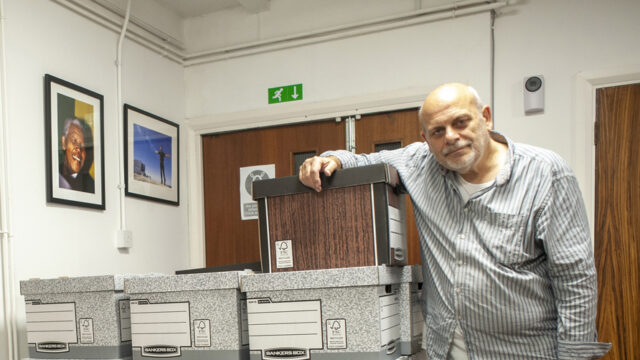Knowing the Past. Seeing the Future.
If the past is unknown, how will we understand the future?

Henry Salt 1851-1939
This is a question I think about often. Not only with building a compassionate, peaceful, and just society but also to establish moral and legal rights for animals. Of course, in my book, the former automatically includes the latter. But not everyone sees it this way. For many, animal rights are unimportant. They’re a distraction. There’s no competition. Human rights trump animal rights every time. This misunderstanding would not exist if we knew our past. We can understand the process of change better when we are familiar with such historic figures as anti-vivisectionists Frances Power Cobbe and Anna Kingsford and ethical socialists as Henry Salt and Edward Carpenter. They understood the common ground shared by a concern for humans and animals. They saw human rights and animal rights as inextricably linked.
Of course, the past does not know it all. Nor does it get everything right. Nor am I suggesting there isn’t anything new to learn. The greatest source of ground-breaking ideas about our confused and contradictory relationship with animals, and what to do about it, comes from those involved with animal welfare and veterinary science, animal law, animal ethics, the arts, and animal studies in the humanities and social sciences.
The past and the present inform the future. This was something I didn’t understand when I became a vegetarian in 1974 after working in a chicken slaughterhouse. Two years later I was vegan campaigning against factory farming at Compassion In World Farming. I believed the animal rights movement began when I joined it. But the tree of knowledge, poisoned by my arrogance, shook its branches. I crashed to the ground with my prejudices and presumptions. I discovered animal rights had a glorious past. Intriguing characters. Brilliant ideas. A movement with strategies and tactics like our own. So much to discover. So much to learn. We can understand today’s problems better if we’re informed about the past.

Here I am in my office among the more than 2,000 books in my archive. Photo credit: Paul Knight
Consequently, my animal rights library was born. I collected magazines, leaflets, books, badges, cassette tapes, and videos. I filed correspondence with colleagues and organisations. I bought and read books about our past. I acquired unique collections of materials, including a library of more than 200 leaflets produced in the 1800s. I listened to people who knew our history. My collection grew as did my understanding. I concluded our single greatest challenge is to make the treatment of animals a mainstream political issue and the responsibility of the government. It is more than a personal lifestyle choice. After more than 45 years of action for animals and the growing realisation I have an ever-decreasing number of years left to be active, I had to find somewhere for my collection. This is how I began working with The British Library in London and Tier im Recht in Zurich.

Part of TIR’s Library.
In 2020, The British Library took possession of 36 boxes of research materials, including personal files, appointment diaries, address books, correspondence, periodicals, and other printed and digital materials to establish the Kim Stallwood Archive. The British Library is cataloguing the research materials and recently announced the first batch is now available to search on its website. For the best view of the catalogue please click on the ‘Browse this collection’ button on the main catalogue page.
In August, Tier im Recht took nearly 200 boxes of research materials, publications, and artefacts to become part of their world-leading animal law and animal rights library. A few years from now TIR will also acquire my library of more than 2,000 books on animal rights and related matters. TIR’s library is at the heart of its innovative and successful legal and public educational programs.
We can understand ourselves better as animal advocates by knowing the past and seeing clearly what the future should be.











